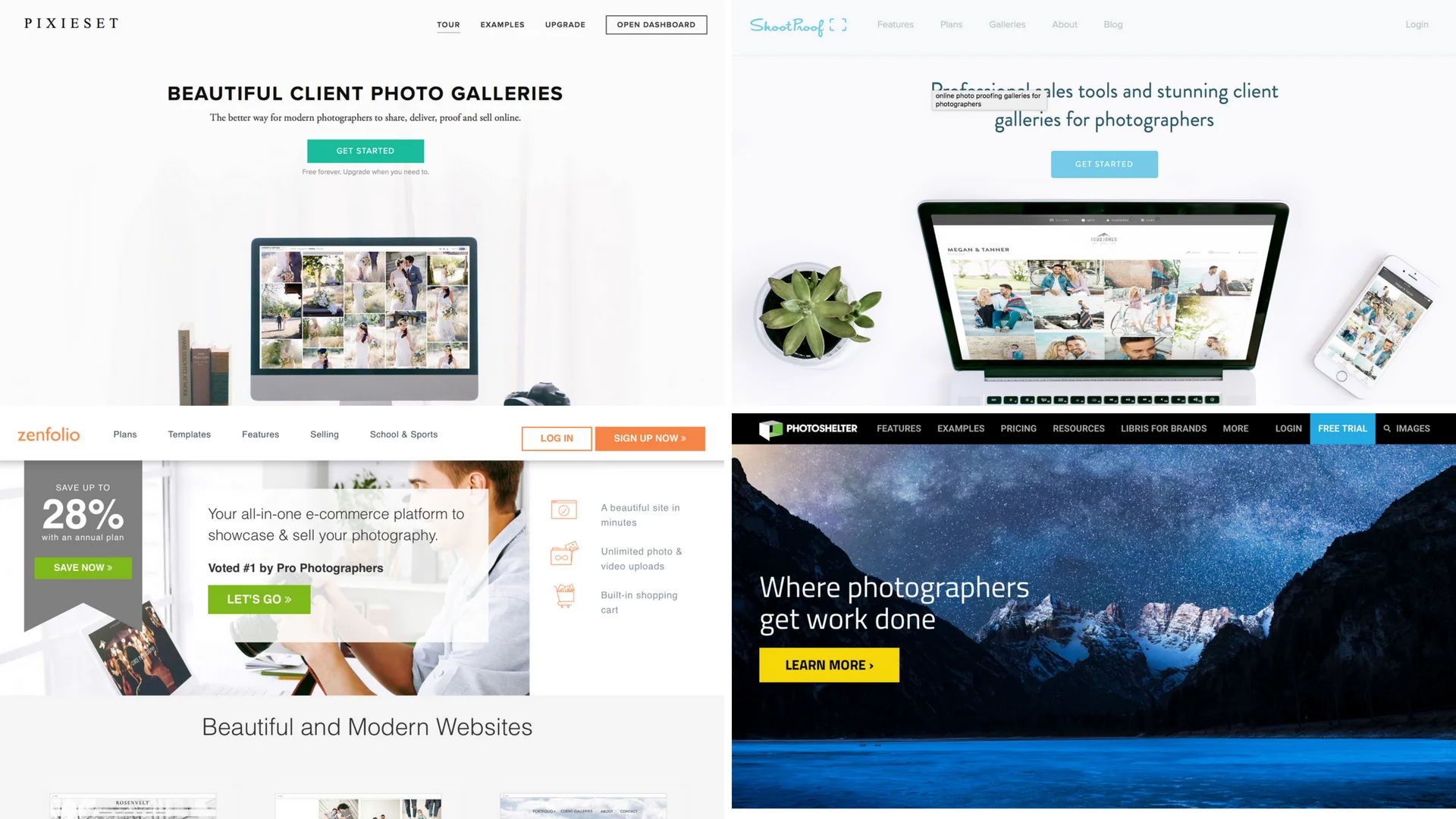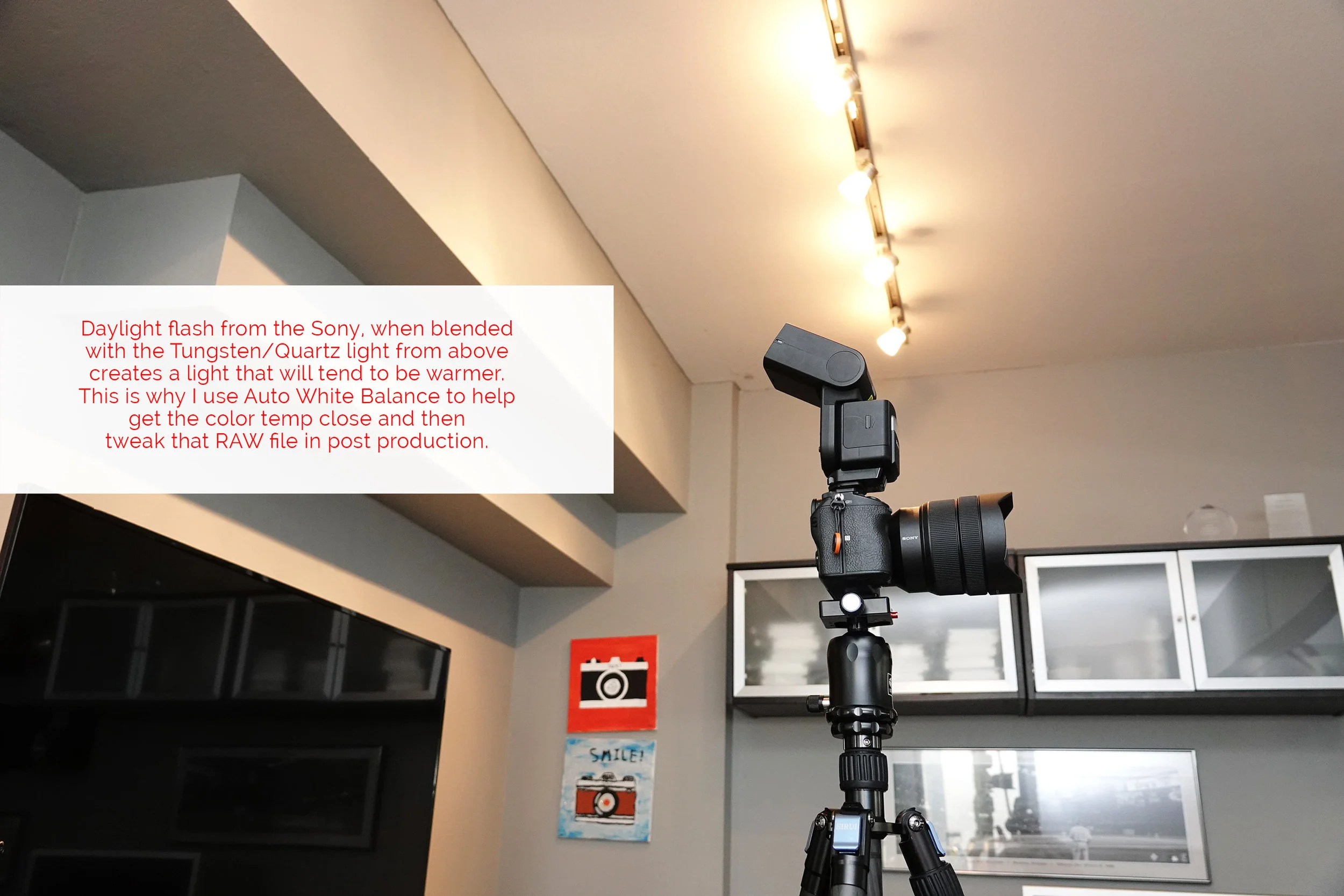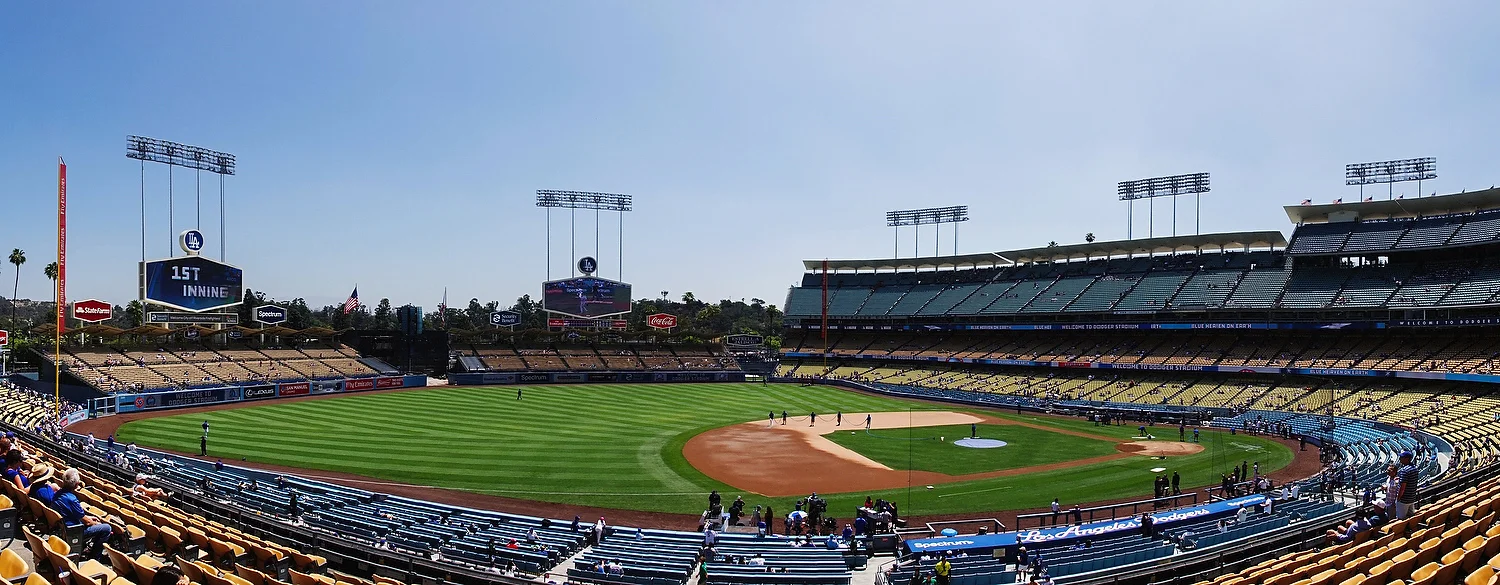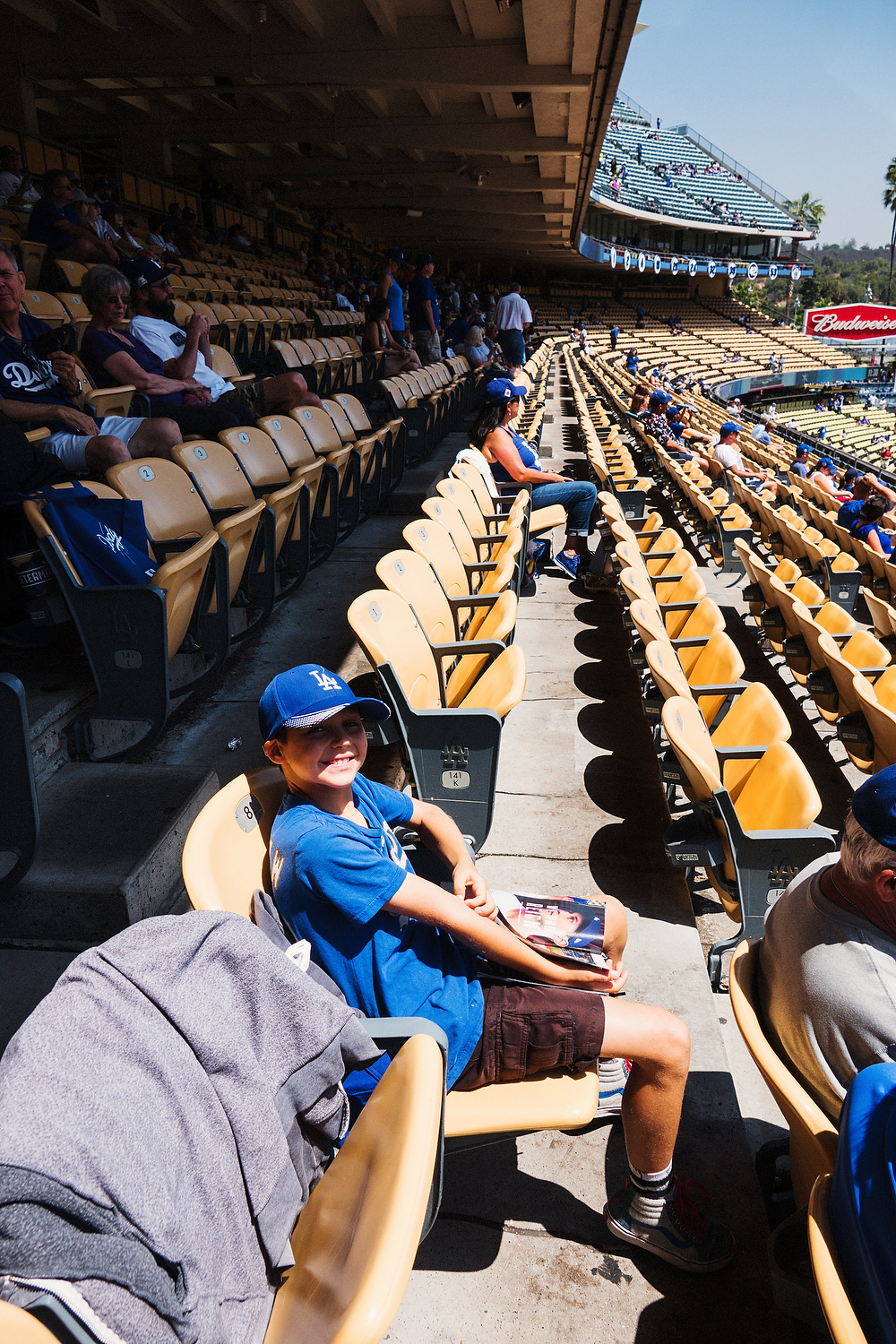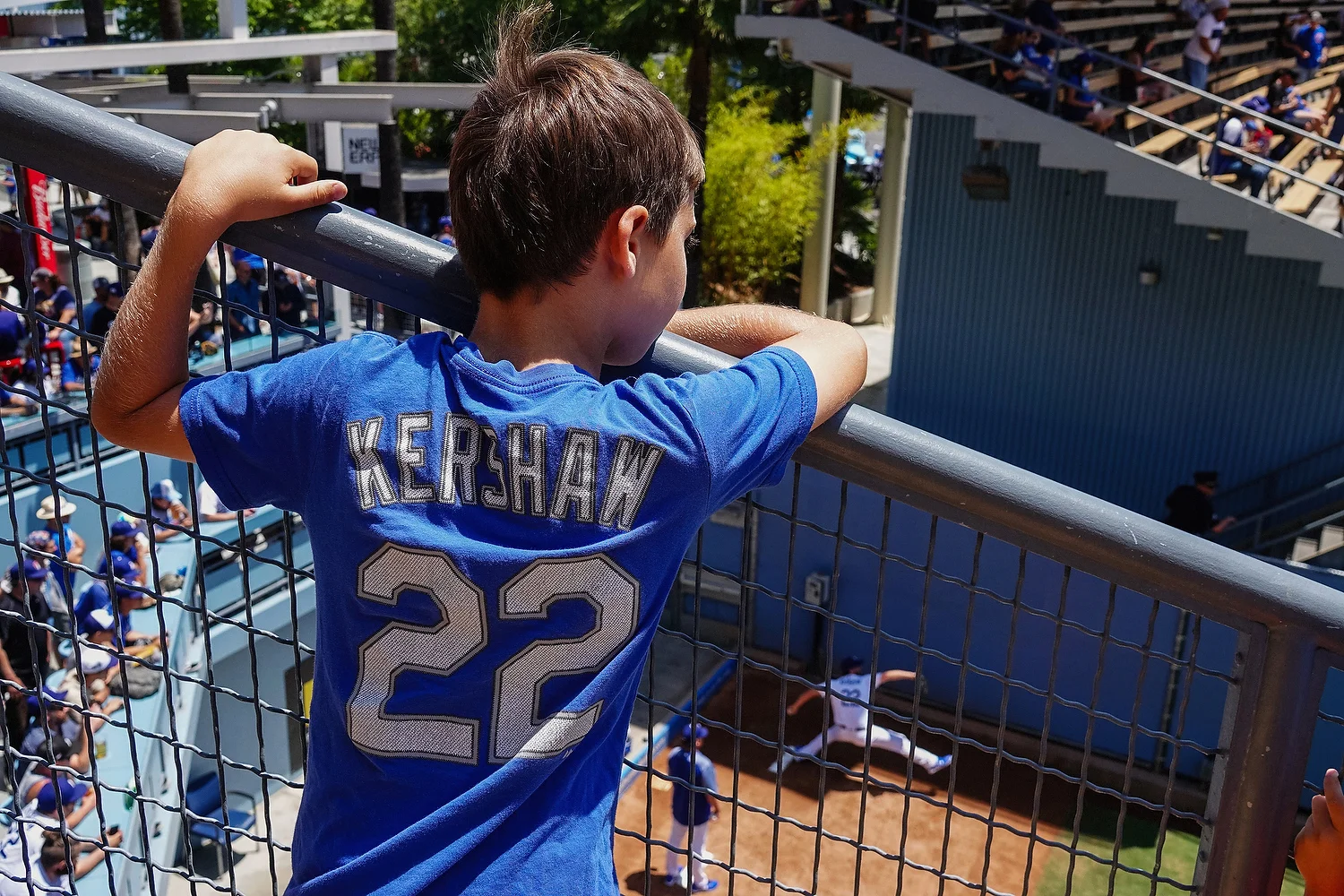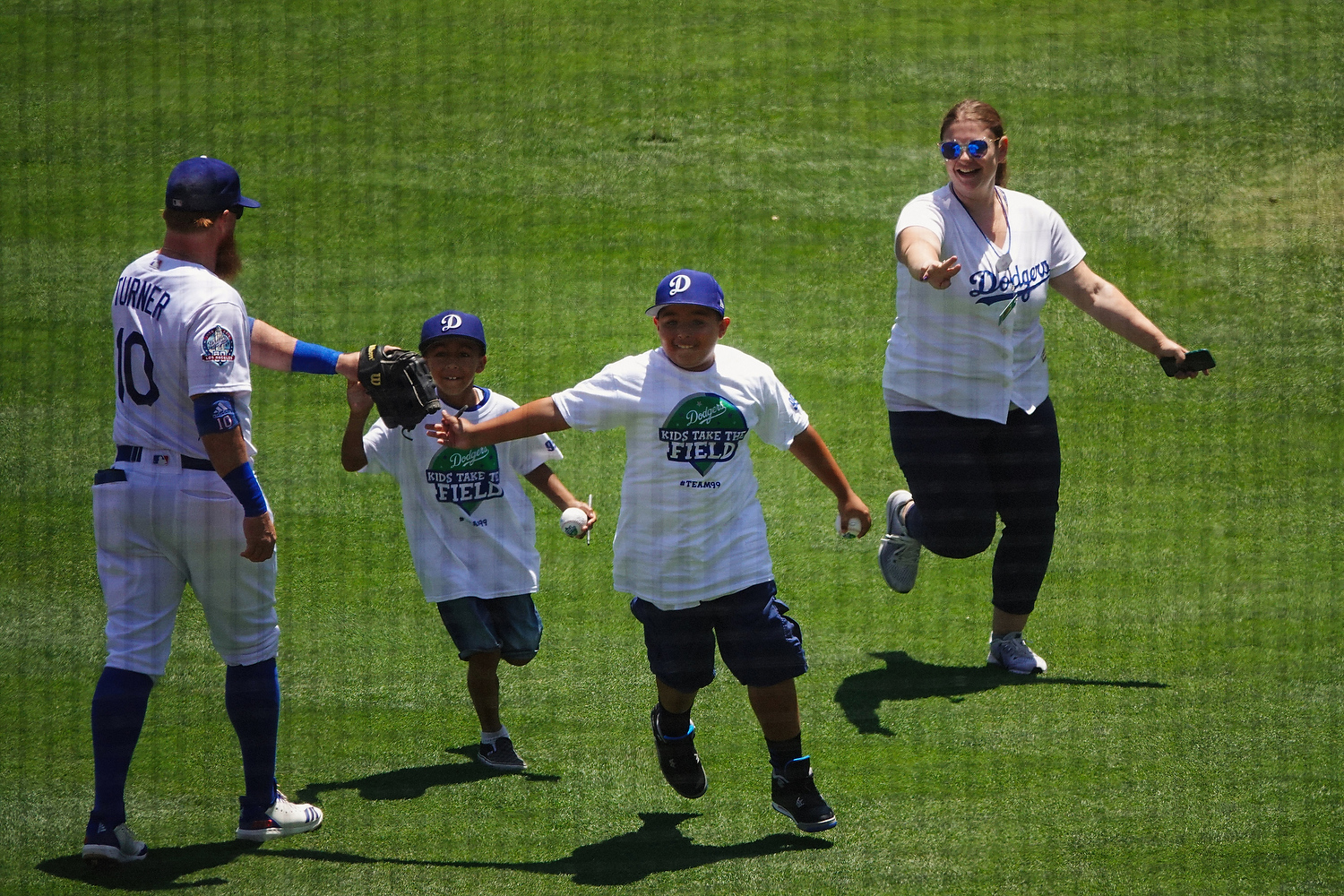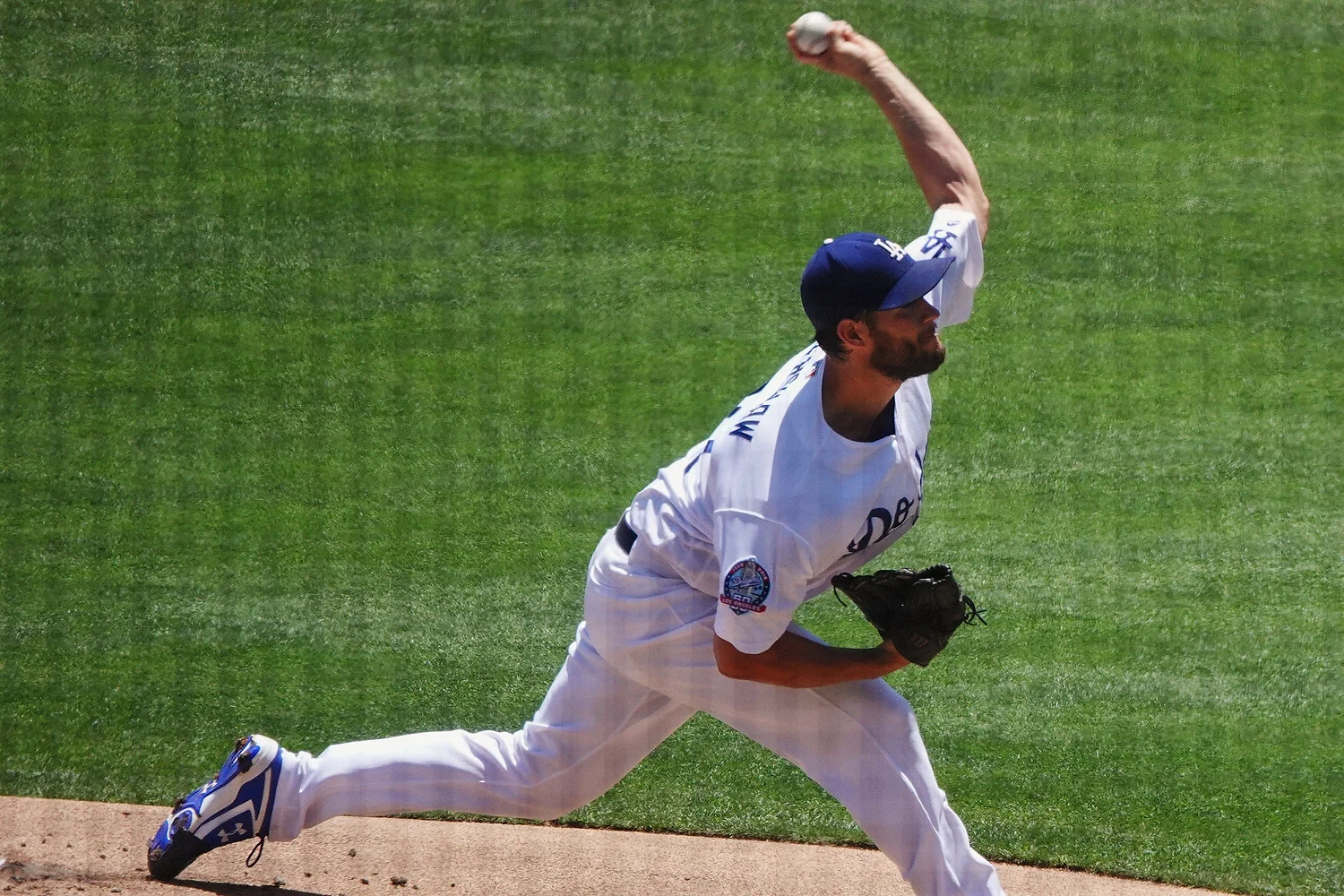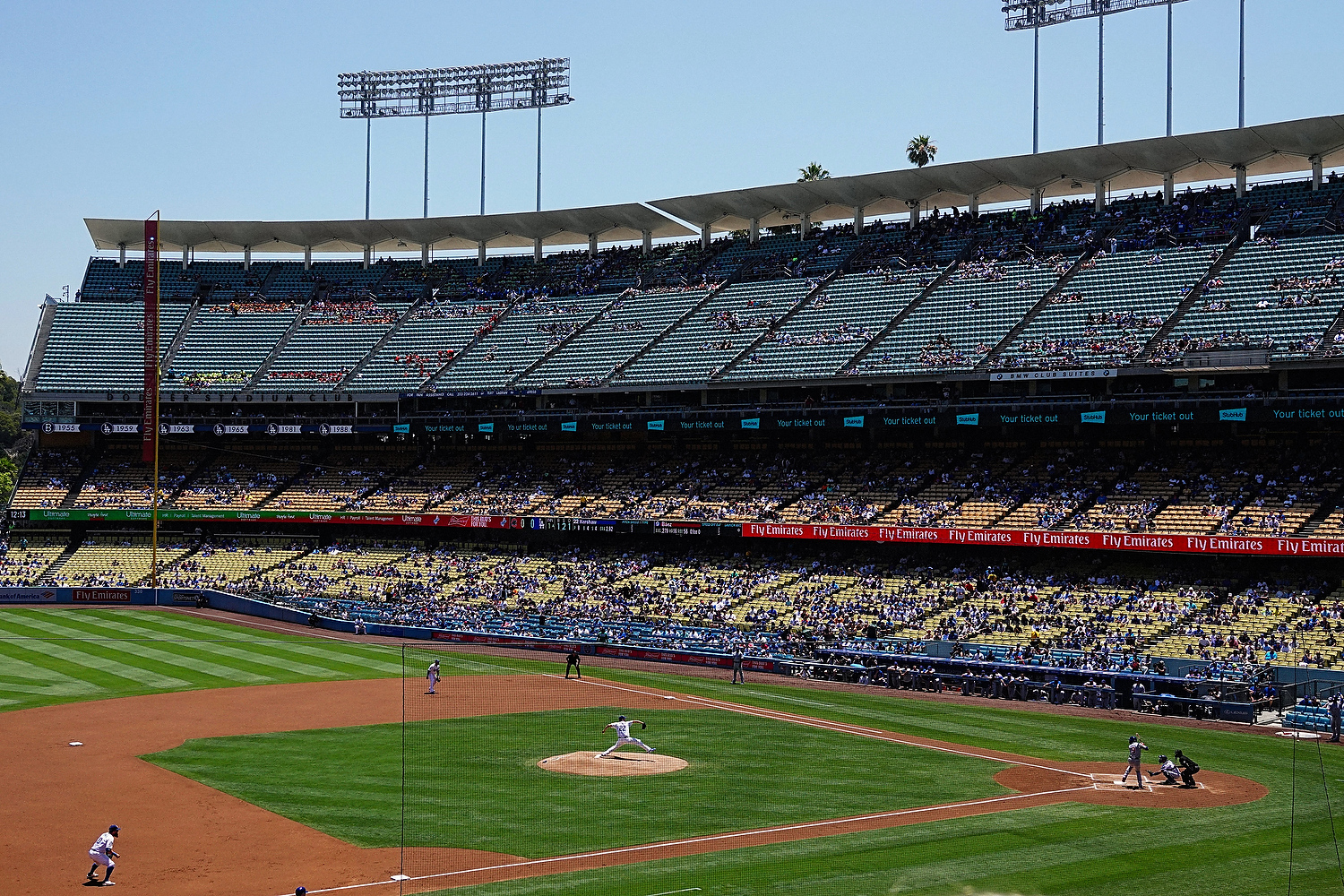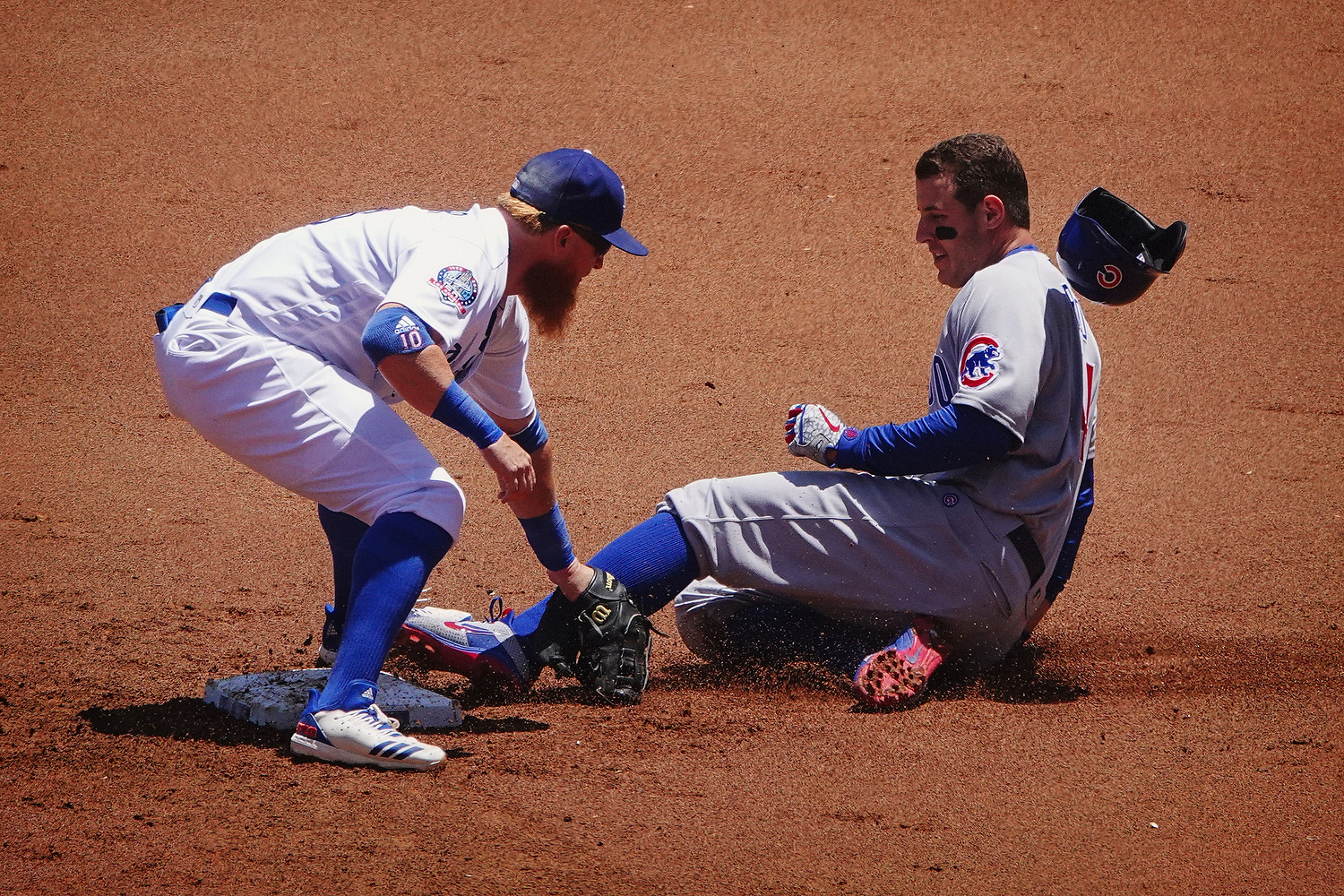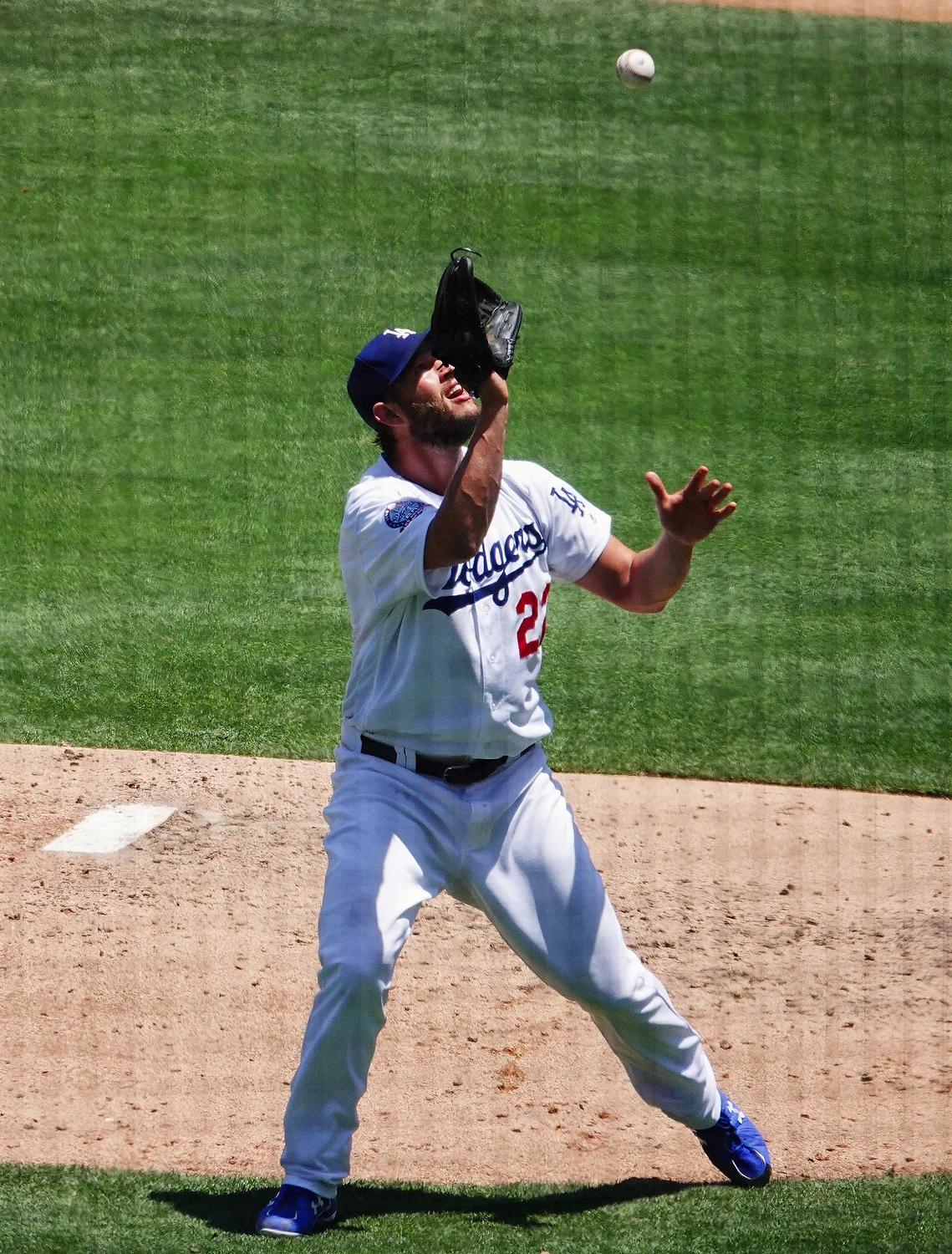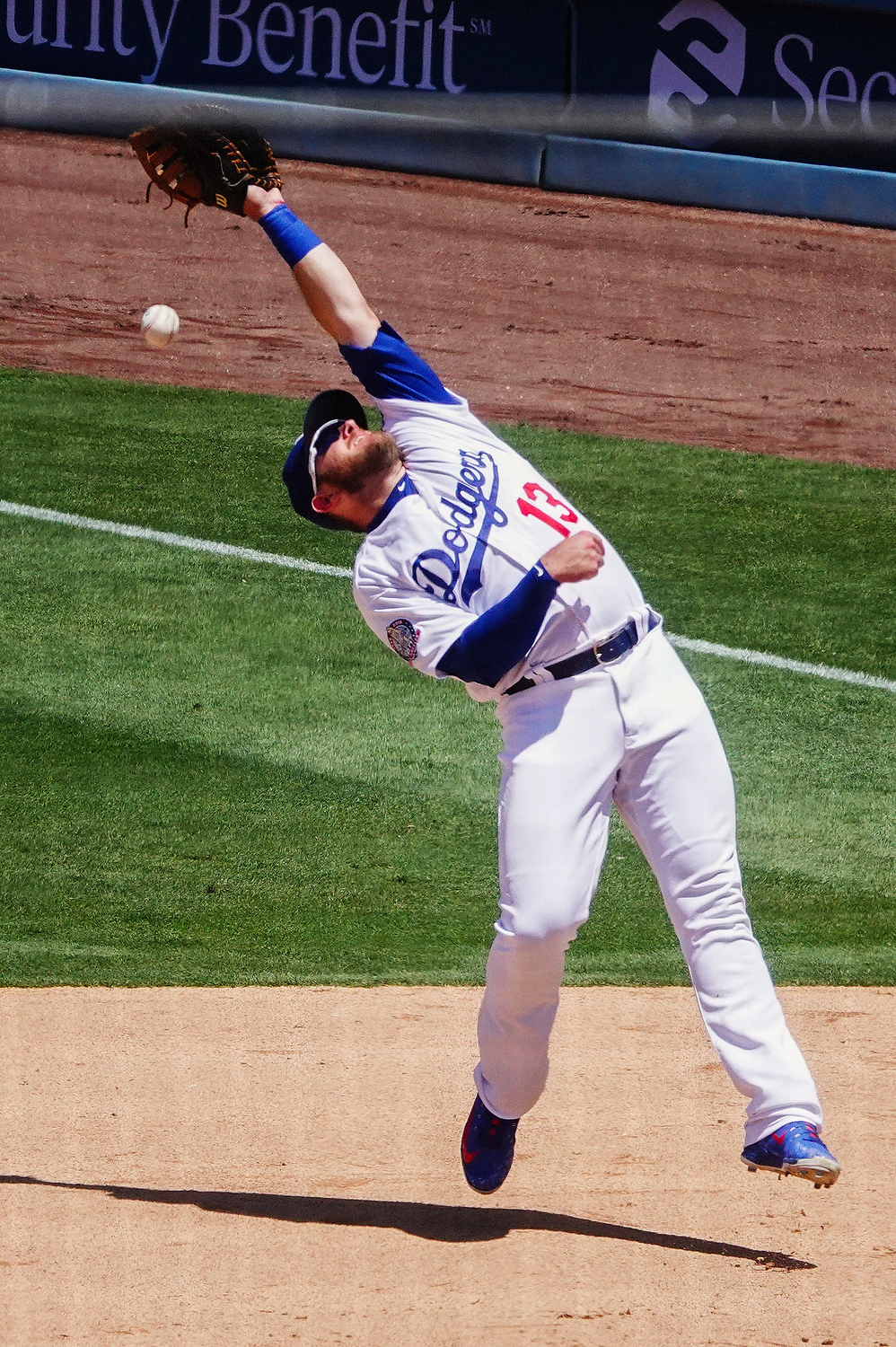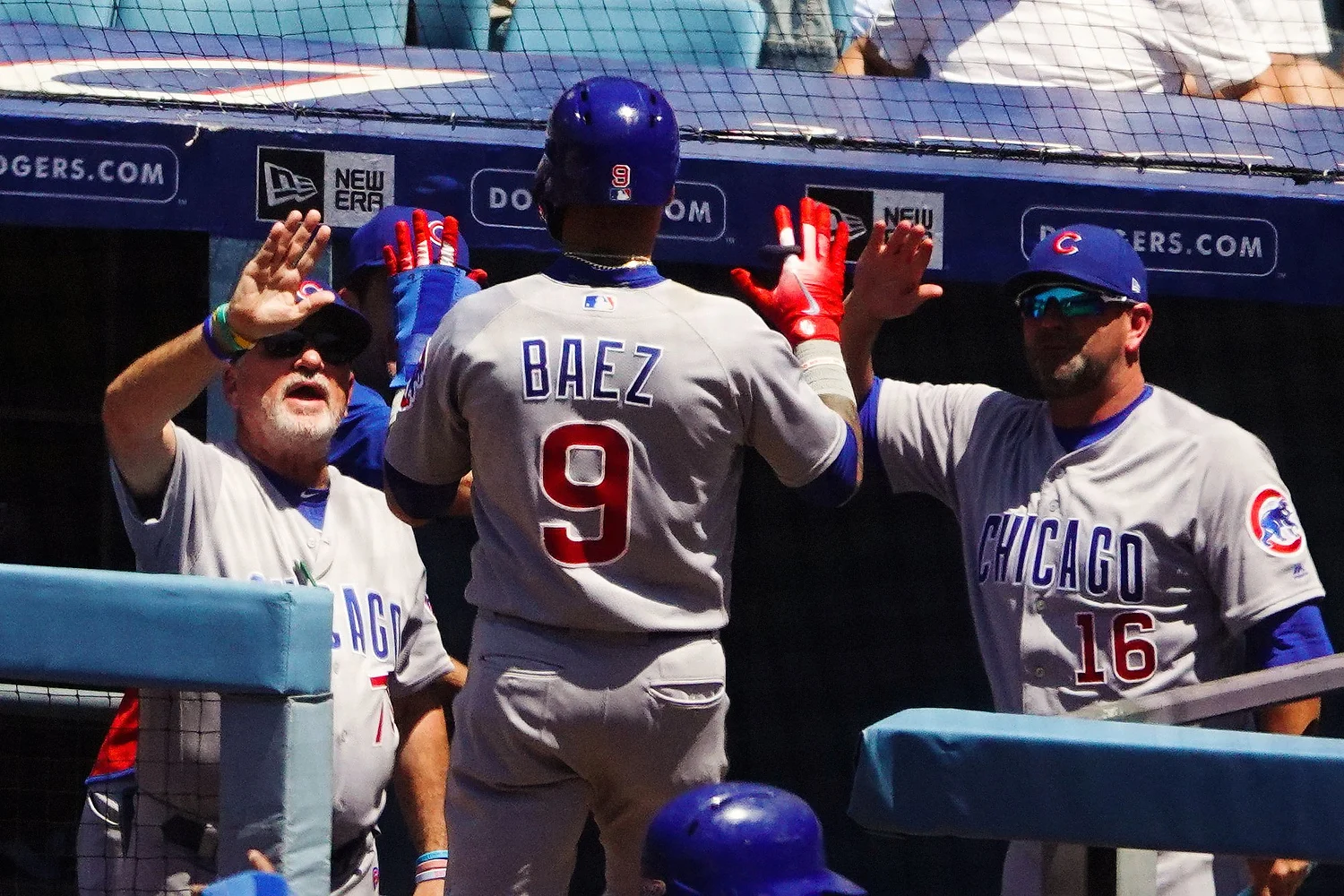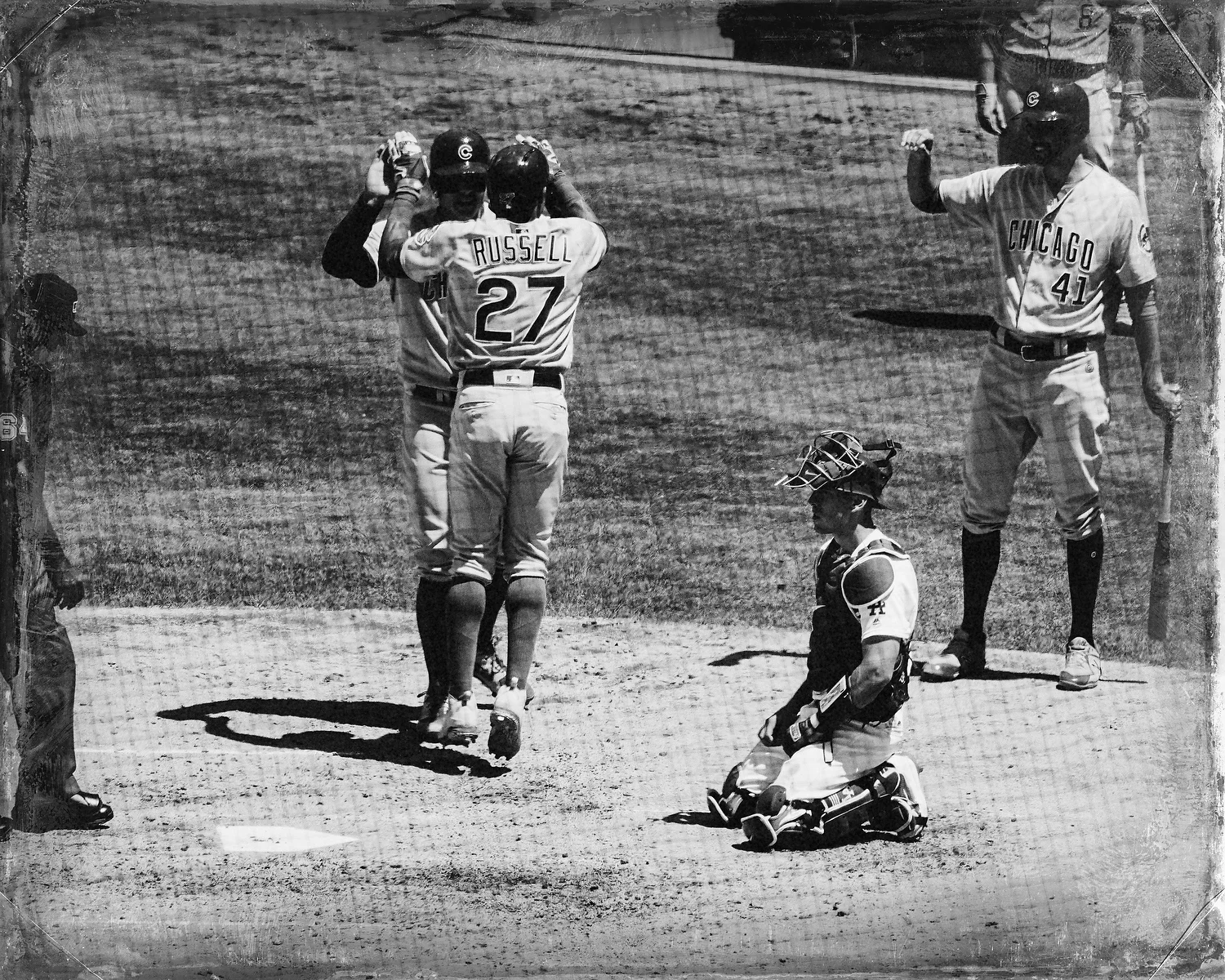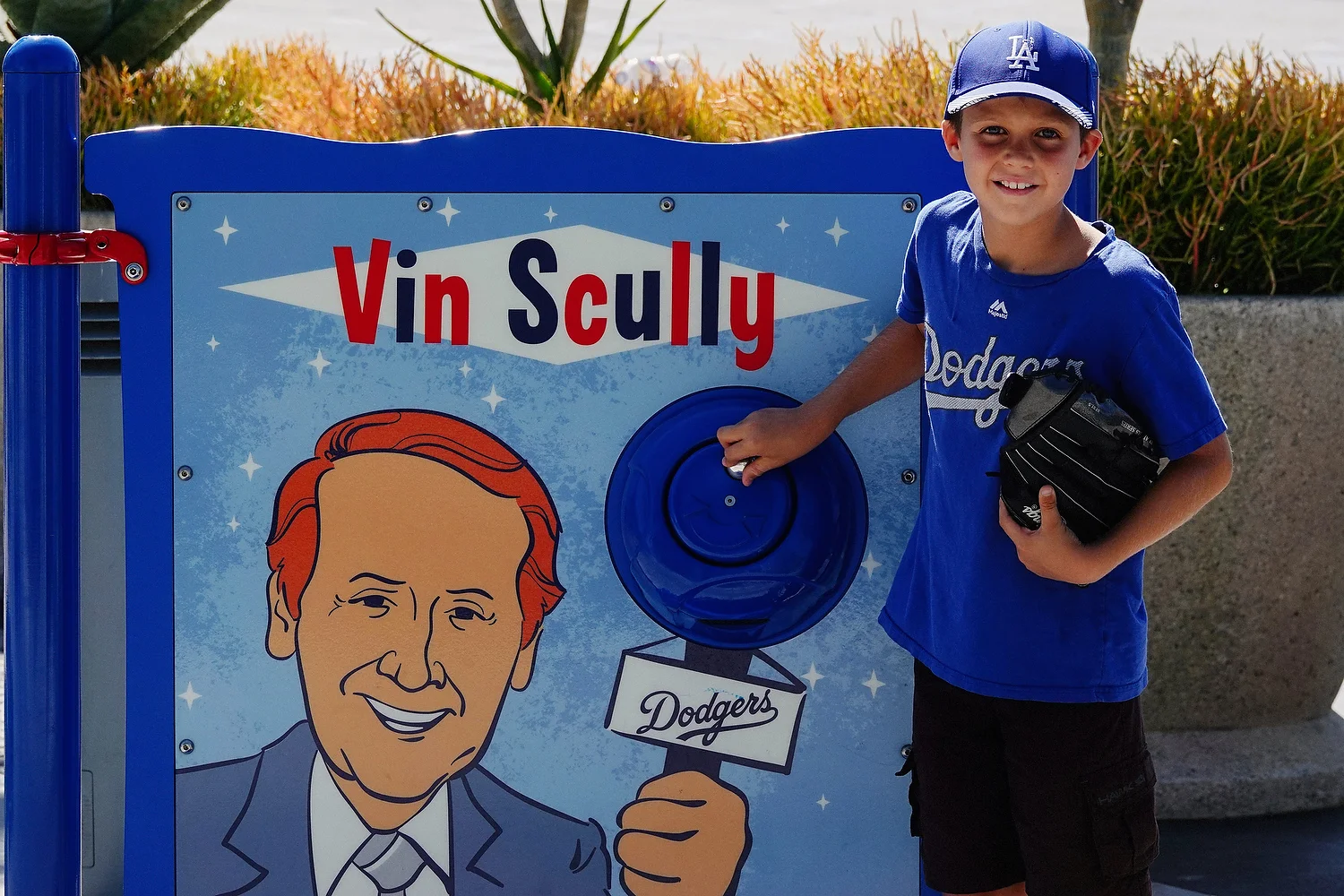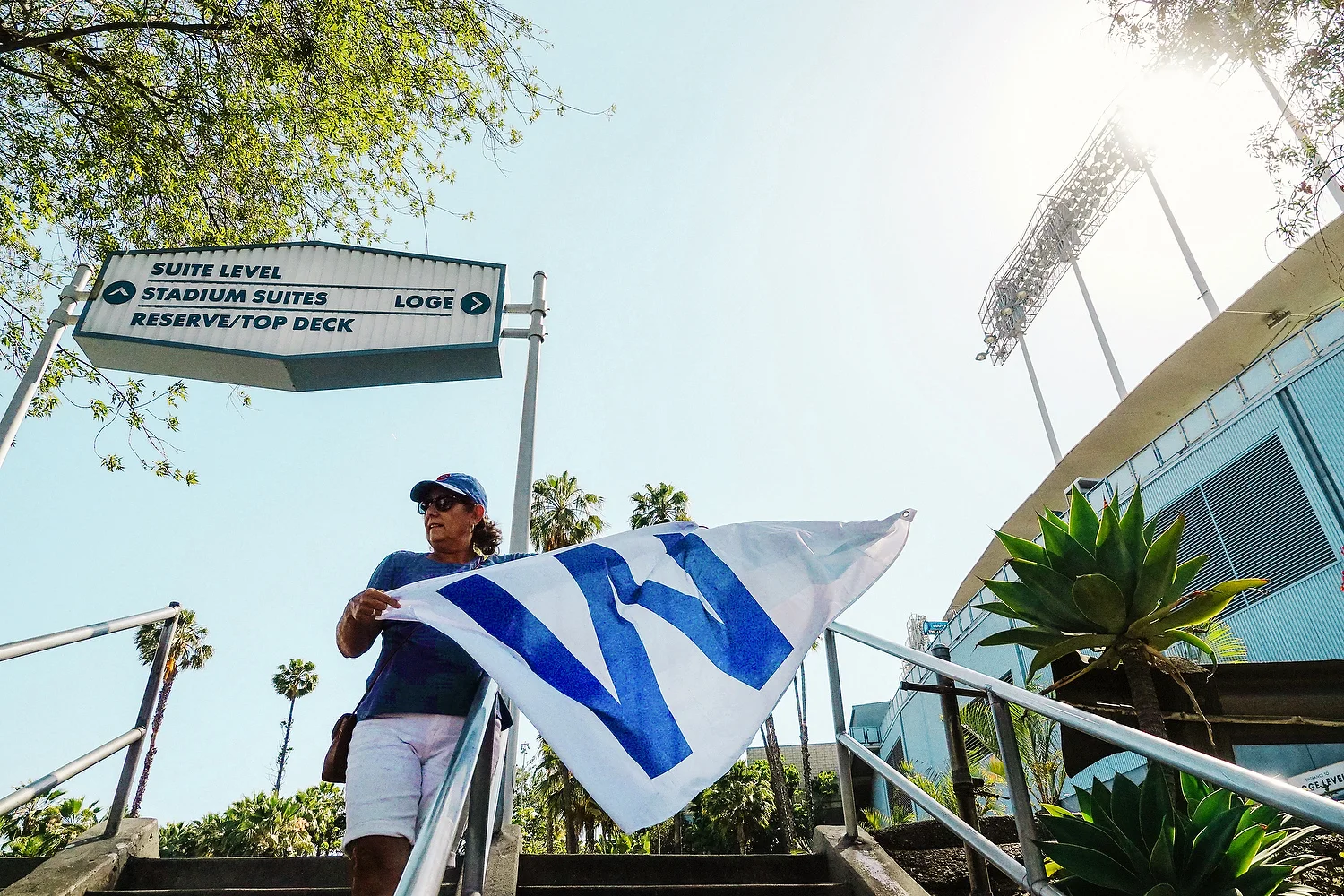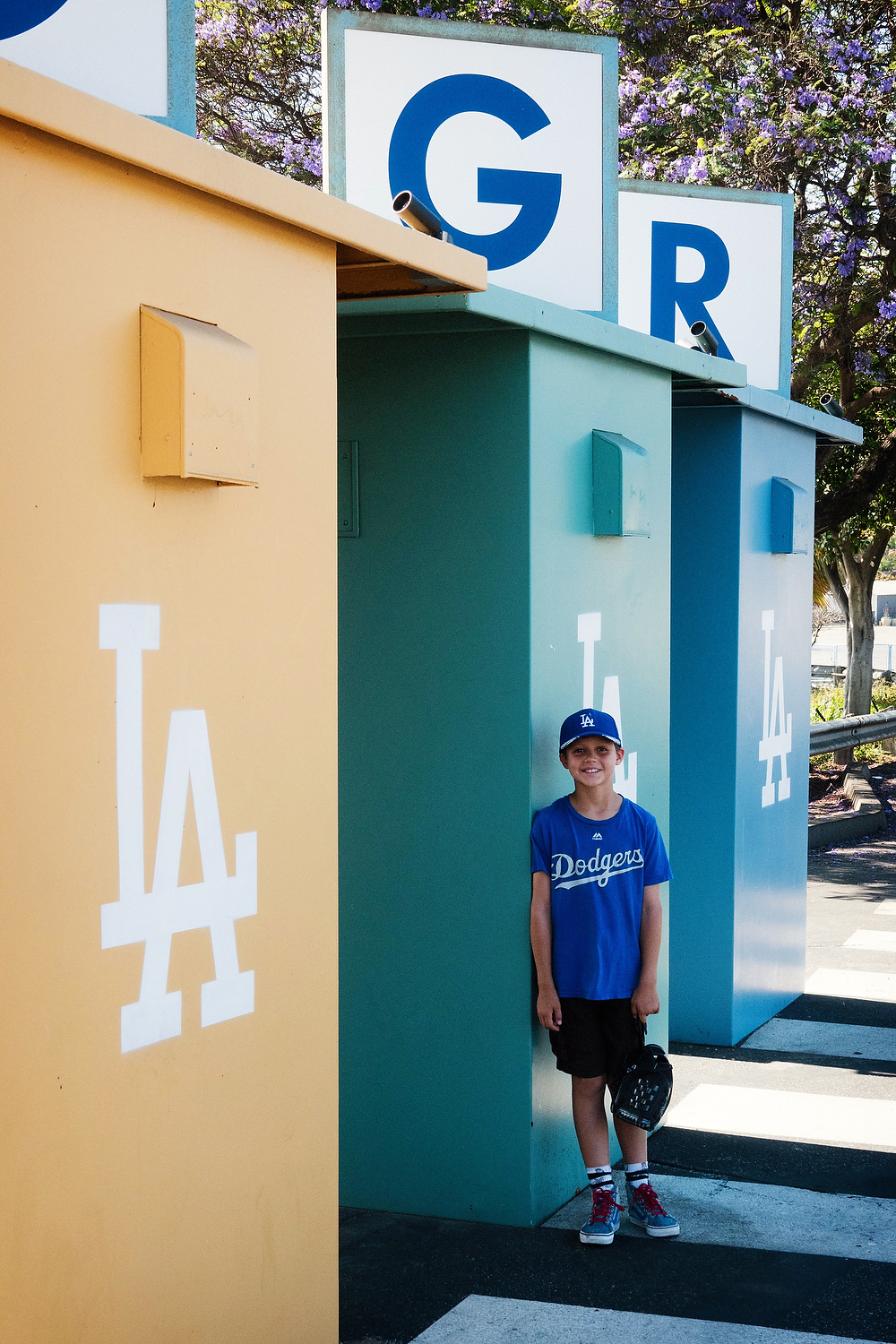Pixieset, ShootProof, Zenfolio and Photoshelter are four companies delivering high quality digital delivery to clients (and even more!).
I hope you're Wednesday is going well!
I just wanted to share a couple links that you might find useful for when it comes to your digital delivery of images to your clients.
Even though I often sell prints to my clients I deliver images to them, slideshows, etc. digitally via download. In the past I delivered images in CDs with custom cases and now I love the simplicity of the digital downloads. Some photographers use USB drives that are customized with logos and boxes and that is great.
For my weddings that are only photography and images only I don't deliver any physical product in order to save on having to collect sales tax (disclaimer: I'm not a CPA or bookkeeper and check with your state or region -- laws may vary).
The service that I use most for my portrait and wedding clients currently is a Canadian company called Pixieset.
I find their galleries to be simply superb, clean and easy to navigate. Downloading photos is easy for my clients. It's perhaps more "basic" in terms of feature sets than some other companies out there (which are coming up), but I just find it comfortable and easy to use and that makes a big difference. I liken their interface to the simplicity of working with Squarespace as I do for my main website.
Pricing for Pixieset starts at $0 (yes, that's right Free) and goes up to $40 per month if paid annually or $50 if paid monthly. You can see their rates here. The only caveat is that their top plan maxes out at 1000 GB.
Shootproof is another company that is similar to Pixieset and also market heavily in the portrait and wedding space. For many photographers I know, it gets down to selecting either Shootproof or Pixieset. My friend Marc Weisberg uses Shootproof and is very pleased with them.
Pricing for Shootproof starts at $0 (for up to 100 images) and goes up to $60 per month (for unlimited number of images, up to 50mb per individual file). You can see more details about their rates here.
Zenfolio is a company that I have used for many years and I primarily use them to host my archives. Their services start at $5 per month if paid annually (or $7 monthly) and go up to $30 per month if paid annually (or $42 monthly). They offer website services as well.
You can find more detailed features and pricing for Zenfolio here
I have used all the three above and they are all very good -- you have to try them out for yourself to see which one fits you best.
And the bonus one to consider is PhotoShelter. This company has been around for a long time and is used a lot by commercial and editorial photographers and they, much like Zenfolio, offer websites as well as hosting archives. I love their commitment to that industry and they provide much useful educational content.
Their services start at $10 per month if paid annually (or $12.99 monthly) and go up to $45 per month if paid annually (or $49.99 monthly).
You can check out their pricing
If you are a heavy shooter who wants to find a home for those files then PhotoShelter, Zenfolio and Shootproof should be the ones you check.
As always, keep making great images!
Paul
p.s. before I go for today, I wanted to share with you a very inspiring podcast that I listened to during my pre dawn walk.
If you have ever struggled trying to step out and market as a creative, I think you'll find this podcast an incredibly useful listen:
Cathy Heller was recently a guest and she talked about how she came to LA to live her dream and become a recording artist. She got her contract with Interscope Records -- her dream -- and then, it ended.
How was she going to create a sustainable life and business still making music? You'll hear some of her unique ideas and ways to market in this podcast. I hope you enjoy it as much as I did!
pg

